The Youngest Star of ‘The Munsters,’ Butch Patrick, Shares His Stories on Being Eddie
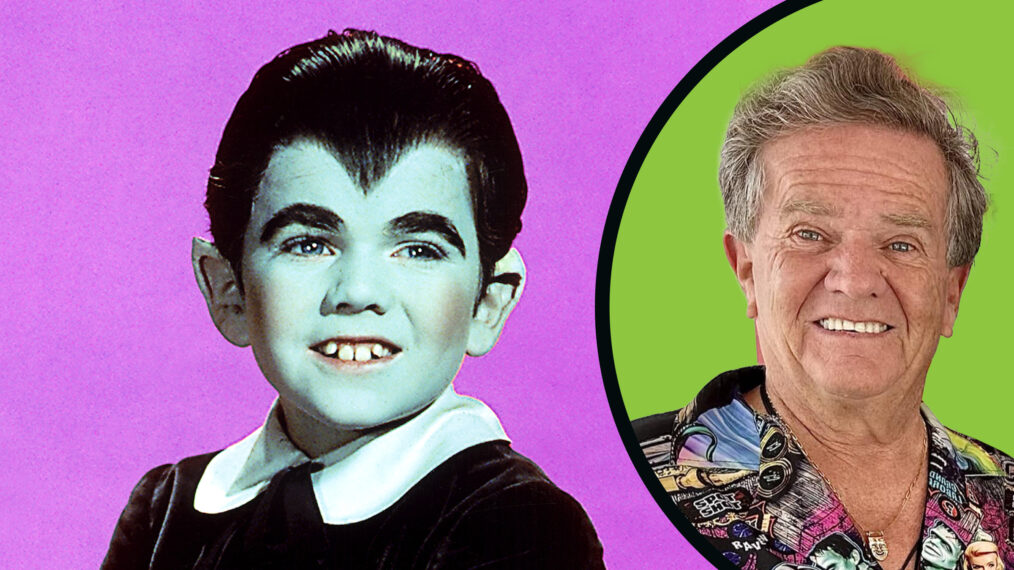
Flashback to Sept. 24, 1964. Families across America were busying themselves with Halloween preparation, scouring five and dimes in search of Ben Cooper Beatles costumes, and getting first looks at the season’s spooky new home decor. Households tuning into ABC at 7:30 that evening found some ghoulish laughs in a story about a wacky family dealing with a mad scientist, cannibal fish and a cursed alley. The show was The Flintstones, and the second episode of the fifth season, titled “Monster Fred,” was about “Dr. Frankenstone.” Simultaneously on CBS was a program premiering about another funny family dealing with strange goings-on, this one with a “Frankenstein” of its own and some other familiar monster faces. The new show was The Munsters, and it would later skyrocket to legendary pop culture status.
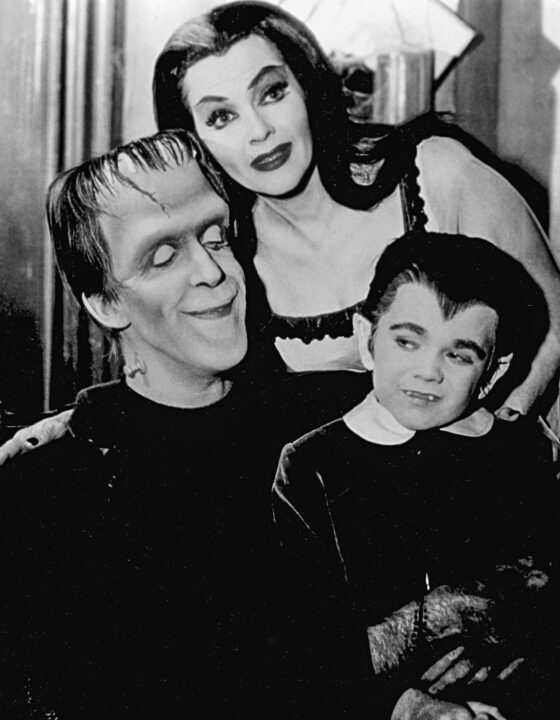
Everett Collection
To trace the roots of The Munsters, you need to turn the clock back to 1943, when Bugs Bunny animator Bob Clampett pitched Universal a series called The Monster Family, a cartoon about Frankie Monster, his vampire wife and their zany adventures. Universal passed and shelved the concept. Fast forward to 1964 when Allan Burns and Chris Hayward, the writing duo behind Rocky and Bullwinkle, wrote a script called Meet the Munsters, a live-action concept that would be reshaped by Norm Liebmann and Ed Haas into The Munsters.
At the heart of The Munsters’ historic first episode was Fred Gwynne as the lovable square-headed Herman, Yvonne De Carlo as Lily, Al Lewis as Grandpa, Beverley Owen as niece Marilyn (later replaced by Pat Priest) and Butch Patrick as young son Eddie. While the cast of veterans handled their Frankenstein monster, Bride of Frankenstein and Dracula-influenced characters (respectively) with hilarious aplomb, it was 11-year-old Patrick who resonated strongest with the target demographic: kids.
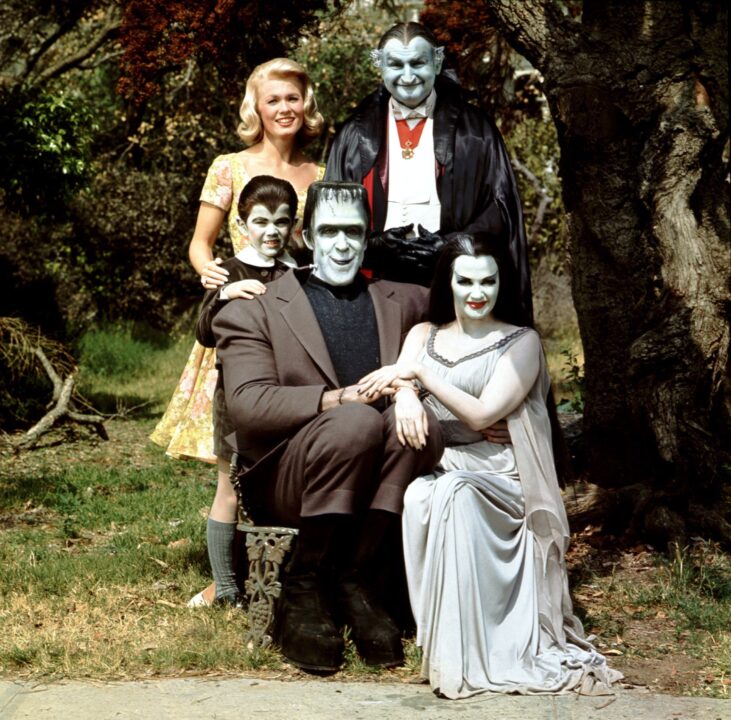
Everett Collection
“Leave It to Beaver is one of the key ingredients of the success of The Munsters,” says Patrick, reflecting on his time on the show. “That was the first sitcom about life from a kid’s point of view and was very well done. Those same people were behind The Munsters, but instead of it being Wally and the Beaver, it is just Eddie as the only kid, which was OK with me.”
The role of Eddie initially fell into the claws of actor Happy Derman, who portrayed the youngest Munster with snarling viciousness in the proof-of-concept short titled “My Fair Munster” in the spring of 1964. Shot for Universal executive consideration, “My Fair Munster” also featured Joan Marshall as the original Lily and was produced in color. The studio higher-ups loved what they saw, as did CBS, which picked the program up for its fall pilot season, but with several caveats.
First off, Marshall’s portrayal of Lily was thought to be too close to how Carolyn Jones was approaching Morticia Addams in The Addams Family, another dark comedy show launched in 1964, so she was replaced by big-screen icon De Carlo. Second, the additional $10K price tag to shoot each episode in color was something neither Universal nor CBS wanted to foot the bill for, so it was decided to tackle the show with a presentation vintage genre fans would be familiar with — in glorious black and white.
“The show was shot like the monsters were originally shot,” recalls Patrick. “They had the same Mitchell camera and approached the lighting and angles very much like the old Dracula and Wolf Man movies. When you add the great set dressing, there isn’t a weak link in how the show looked.”
The third change mandated before the show would go to series was to replace Derman and reshape the character of Eddie into something more palatable for viewers. Enter Butch Patrick.
“It was just me being me,” says Patrick of his approach to his most famous role. “I could do dialogue well and was a quick study. I felt like an equal cast member, which was unusual because in a lot of other series the kids were secondary and wouldn’t get meaty parts written for them. This was different.”
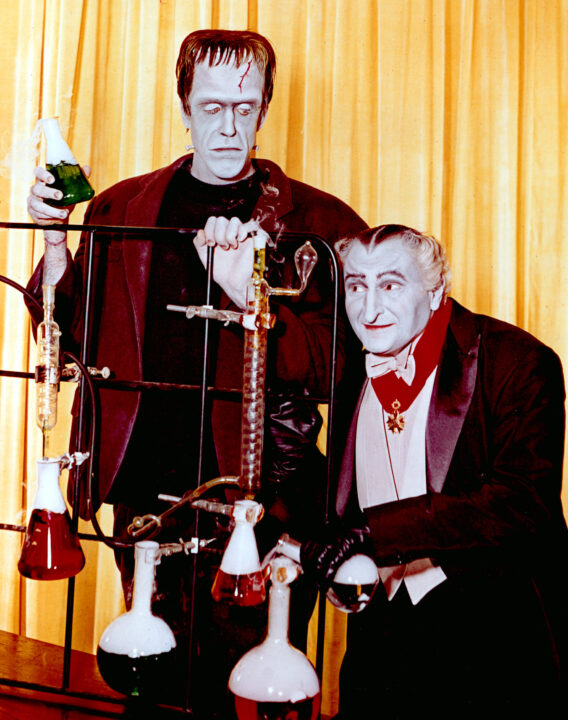
Everett Collection
While the comedic partnership and banter between Gwynne’s Herman and Lewis’ Grandpa (that arguing will wake the dead, Lily would scold) is now regarded as one of the greatest in small-screen history, Patrick acknowledges the chemistry between his Eddie and Gwynne’s childlike Herman was another essential ingredient to the success of the series. “Everyone loved the idea that Eddie became the instructor and Herman would be the student. In real life it was Fred teaching me, helping me develop the chops to play equal to him.”
The centerpiece of the show is the family home at 1313 Mockingbird Lane, actually a location on the Universal Studios lot. Fans loved taking the studio tour and getting the chance to see the show in production, sometimes meeting cast members in their makeup. The house still stands to this day and has been seen in countless television shows and movies in the years since The Munsters was in production.
The infamous Munster Koach, the family vehicle, was a special treat for young Butch Patrick, just 11 when the series launched. He would scour each new episode script hoping to find the words “Munster Koach” on the page. “I loved it because it meant two things,” he recalls. “I got to ride around in the coolest car, up in that little coachman seat that was like a perch, and it meant that we would be shooting outside, which was always fun.”
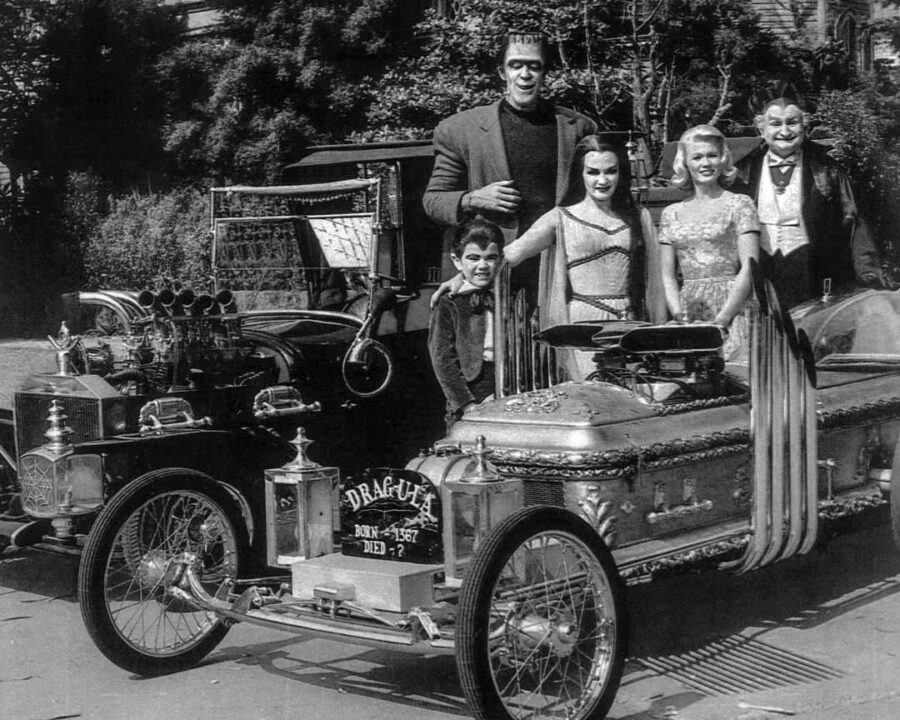
The Koach only appeared in about 20 episodes. The Barris Kustom classic vehicle was eventually joined by the Drag-U-La, a coffin vehicle for Grandpa to drive. Both cars have a life of their own outside the show with model kits, toy replicas and full-size fan tributes in driveways around the globe.
The cast was in high demand, making promotional appearances when not shooting. Butch, being the central figure for young fans, was the busiest of all, and would show up to a school or store packed wall-to-wall with screaming fans a la the Beatles.
“When I went back to school, everybody knew I was Eddie Munster,” admits the star. “I was very small and, kids being kids, that caused quite a stir and disrupted the student body. Instead of me being able to go about my business, there would be 30, 40, 50 kids that would surround me. At lunch it would be more, and some of them seemed to always want to start a problem. It taught me to have thick skin.”
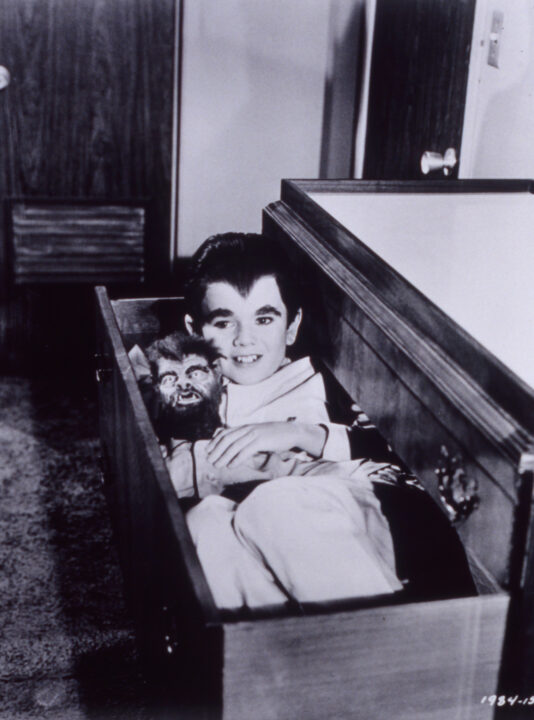
Everett Collection
Another character fans loved was Eddie’s doll Woof Woof. For Butch, however, toting a doll wasn’t necessarily his idea of cool. “I didn’t like carrying Woof Woof around,” he laughs. “I could have done without it. In the first episodes he was very one-dimensional, flat-faced and wooden. Eventually Mike Westmore created a foam rubber head for Woof’s body with tear ducts in it so he could even cry. No matter how it looked, though, I didn’t like that thing.”
As the second season hit the midway point, the sun was starting to set on The Munsters. New programs like Batman and more colorful fare started to gobble up the primetime spotlight. After just 70 episodes, the show came to its end on May 12, 1966.
Despite the show’s short run, everyone involved with it entered into pop culture lore and will be celebrated for delivering one of the most fun, daring, socially aware and brilliant comedy programs of all time.
“Every episode was a mini movie,” Patrick summarizes. “It was so well done, unique and wonderful, and the bottom line is that it is entertaining.”
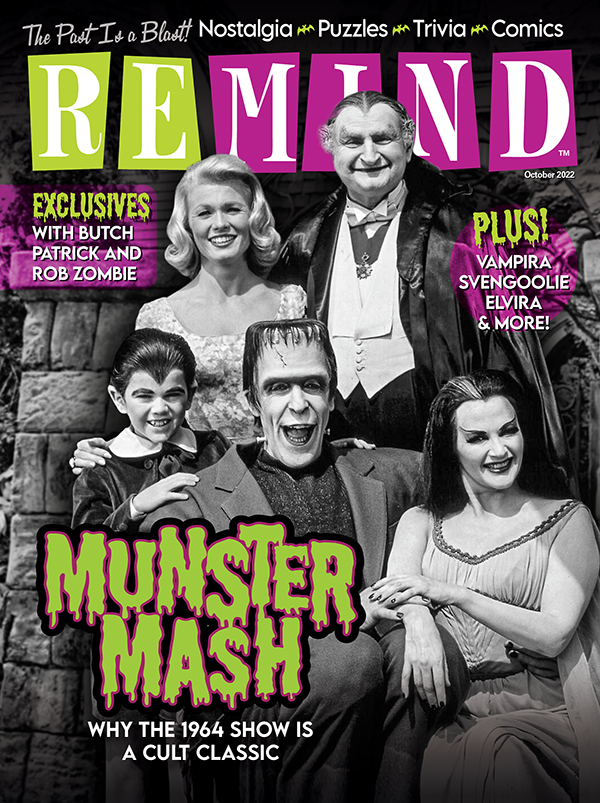
The Munsters
October 2022
All Munster fans will love this issue! includes exclusive interviews with Butch Patrick and Rob Zombie, who talks about his new “The Munsters” reboot.
Buy This Issue